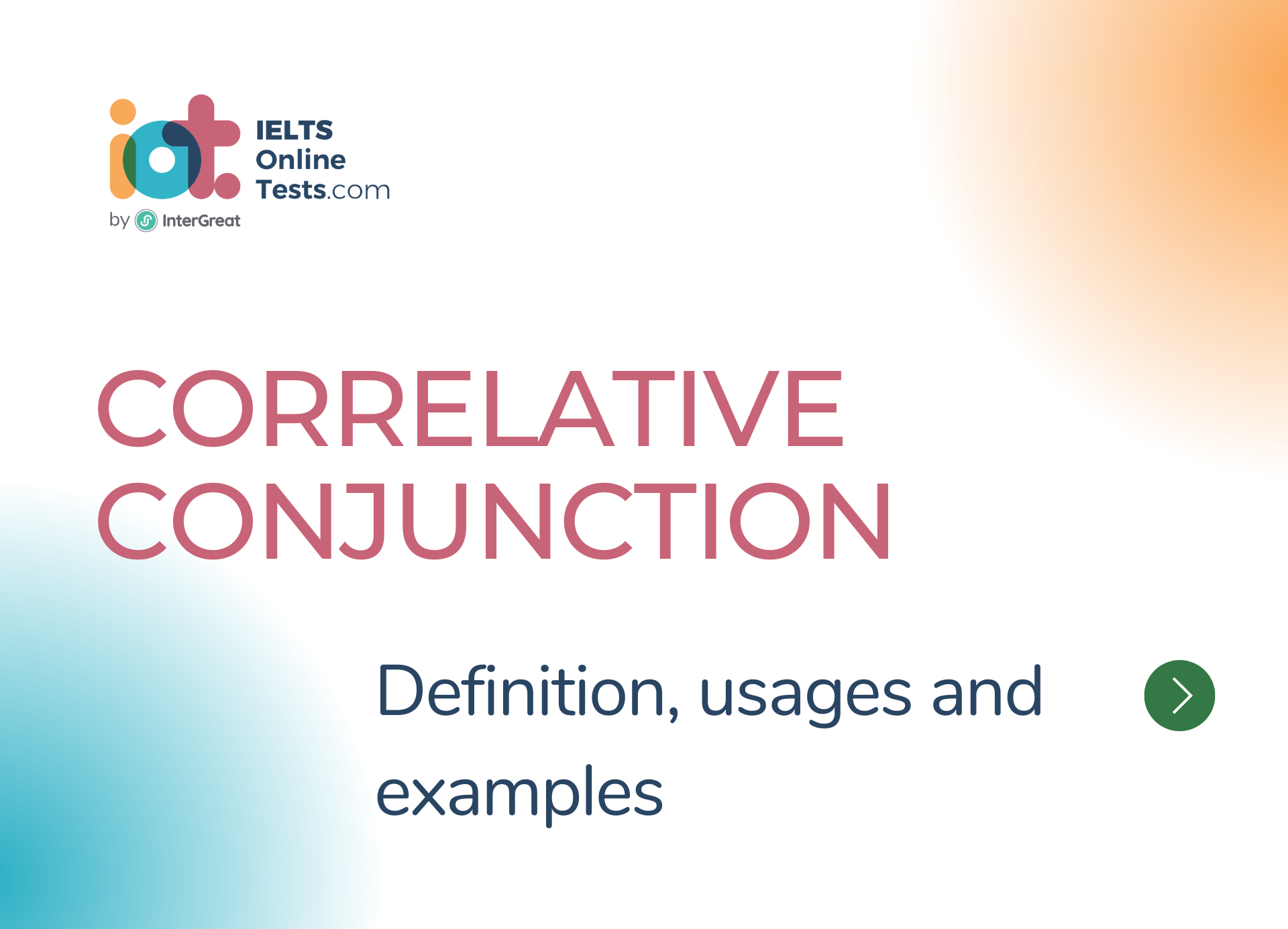
Correlative conjunction definition, usages and examples
Correlative conjunctions are pairs of conjunctions that work together to join words, phrases, or clauses with equal importance in a sentence. They are used to create balance and show the relationship between the connected elements.
Here are some key points about correlative conjunctions:
Types of Correlative Conjunctions:
- "Either...or": It presents a choice between two options.
- "Neither...nor": It expresses negation for two options.
- "Both...and": It combines two similar or related elements.
- "Not only...but also": It emphasizes the addition of one element to another.
- "Whether...or": It introduces alternative possibilities.
Usage:
- Correlative conjunctions are used to connect parallel elements in a sentence, such as words, phrases, or clauses.
- They create a sense of balance and equality between the connected elements.
- Example:
- "Either you come with us, or you stay here."
- "She is neither a singer nor a dancer."
- "She is both intelligent and talented."
- "He is not only a great athlete but also an excellent student."
- "Whether you like it or not, you have to complete the assignment."
Placement:
- The two parts of correlative conjunctions are usually placed before the elements they connect.
- Example:
- "Not only did she study hard, but she also attended extra classes."
Punctuation:
- In most cases, correlative conjunctions do not require additional punctuation beyond what is necessary for the sentence structure.
- However, if the connected elements are longer or contain internal punctuation, appropriate punctuation may be used.
- Example:
- "Both the students and the teacher, as well as the principal, attended the meeting."
Correlative conjunctions help to establish parallelism and balance in sentences. They enable writers to present choices, express negation, combine elements, emphasize addition, or introduce alternative possibilities effectively. Understanding and using correlative conjunctions correctly will enhance the coherence and clarity of your writing by creating a balanced structure and conveying the intended relationships between the connected elements.




